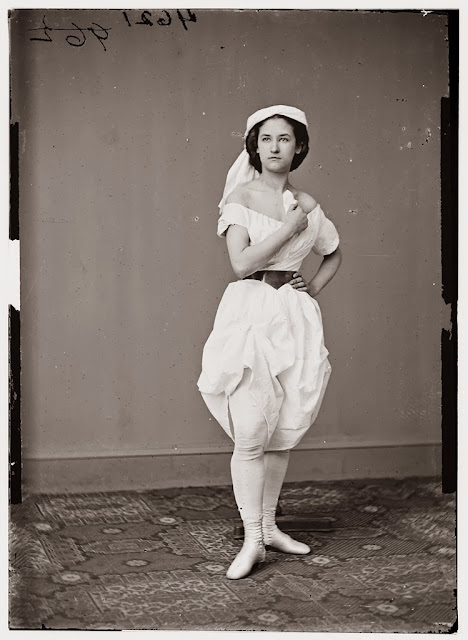Tuesday, December 31, 2013
Found Poem
1. Living things can move, but non-living things cannot.
2. Energy is required by living things, while non-livings do not require energy.
3. Living things are capable of growth, reproduction and death.
4. Non-living things are non-motile, but living things can move around.
5. Living things respire; non-living things do not respire.
6. Living things adapt to the surroundings and respond to stimulus.
Bonfires
Woman suffrage bonfire on sidewalk in front of the White House – in rain. Later demonstrators with similar bonfire also unfurled a banner demanding voting rights for women from President Wilson. The year was 1918.
The Suffragist in the final photograph appears to be smiling with success at getting arrested directly in front of the White House.
Woman suffrage was enacted nationally two years later in 1920.
– Harris & Ewing collection at the Library of Congress.
The Suffragist in the final photograph appears to be smiling with success at getting arrested directly in front of the White House.
Woman suffrage was enacted nationally two years later in 1920.
– Harris & Ewing collection at the Library of Congress.
Labels:
activism,
architecture,
black and white,
fashion,
lettering,
libraries,
newspapers,
police,
Washington DC
Monday, December 30, 2013
Happy Time
Afterward back at the house we got take-out hot dogs and the big pickle wedges Mabel loves.
Sunday, December 29, 2013
The Male Patti
Italian-American soprano Adelina Patti performed from 1851 (when she was 8) until 1914 (when she was over 70).
By far the most famous opera singer of her generation, Patti had many imitators. One of them was a man named Everett Stewart, a former postal employee from Wichita, Kansas. He joined the minstrel show run by McIntyre & Heath in 1887, ultimately billing himself as Stuart, the Male Patti. Under that name he wore gorgeous jeweled gowns, danced in high heels and sang in a soprano voice as the star of an 1898 Broadway musical called The New 1492, where he played Queen Isabella.
Posters from an archive of performing arts images at the Library of Congress.
Saturday, December 28, 2013
Actresses & Spies
 |
| Mrs. George H. Gilbert |
 |
| Vinnie (Hoxey) Ream |
 |
| Mrs. Henry Wager Halleck |
Portraits of Civil War-era women, from a collection of glass-plate negatives in the Library of Congress. Ordinary women seldom appear in this archive of the 1860s. The women who do appear come from opposite poles of the social world. One group would have been rooted in the Establishment of the time, like Mrs. Halleck (immediately above), wife of a staff general in Lincoln's army. Such women were prominent because the males around them were prominent. But the majority of the women in the archive were not prominent political wives or heiresses, but actresses and dancers. They needed photo-portraits for practical, commercial reasons – to spread their reputations and secure bookings.
 |
| Ella Jackson |
 |
| Agnes Perry |
The two women below were celebrities of a different order. The Brady Handy collection preserves the information that Pauline Cushman and Belle Boyd became photograph-worthy because they were both spies. Pauline Cushman spied for the Union, Belle Boyd for the Confederacy.
 |
| Pauline Cushman |
 |
| Belle Boyd |
Friday, December 27, 2013
Buddenbrooks
William Faulkner publicly proclaimed his own choice for the greatest novel of the 19th century, and it was not written by Dickens or Austen or Balzac or Flaubert or Tolstoy or Dostoevsky.
Faulkner's favorite was begun in 1897 by a twenty-two-year-old German, finished three years later in 1900, and published in 1901.
When Thomas Mann received the Nobel Prize for Literature in 1929 the citation specified that the award was "principally for his great novel Buddenbrooks."
This was a book I had never read, until this month. And I might never have done so if the book itself had not beckoned to me from inside the pages of The Bourgeois by Franco Moretti.
Moretti placed most stress on Mann's picture of Capitalism as a sort of unreliable monster-god guaranteed to betray and destroy its own believers.
Yet the book is also said to be widely "cherished" in Germany as a nostalgic picture of a lovely stable vanished way of life.
The Marxist reading and the Sentimentalist reading seem about equally plausible, now that I have actually read the book.
Flashlight Beam
Mabel sat in a dim corner with her new flashlight on Christmas Day. The fascinating flashlight beam became the main light source for these long exposures.
When I saw the odd results of my camera experiments up on the screen, I remembered buying that short sturdy stool Mabel sat on. Which would have been about twenty years ago at a woodworking shop on the corner of Sanchez and 14th in San Francisco. The stool was unfinished then. I sealed and painted it myself. It subsequently served as a step-stool in my black-and-white "garden flat" on Noe Street throughout the 1990s. It drifted into my daughter's orbit when she got her first apartment in San Francisco after grad school. That would have been around the turn of the century. Nobody could have predicted that the same unregarded utilitarian stool would turn out to be Baby Bear furniture for Mabel some day.
Thursday, December 26, 2013
Christmas Dispositions
Mabel opened some presents before Christmas dinner and other presents after Christmas dinner.
Her East Coast Grandma sent a box of classic Lincoln Logs. Mabel opened those early in the morning and played with them all day. She showed me how to make railroad tracks out of Lincoln Logs and how to make a tall tree out of Lincoln Logs.
Labels:
books,
children,
daughter,
families,
fathers,
festivals,
flowers,
gifts,
granddaughter,
grandmothers,
San Francisco,
toys
Subscribe to:
Posts (Atom)

























